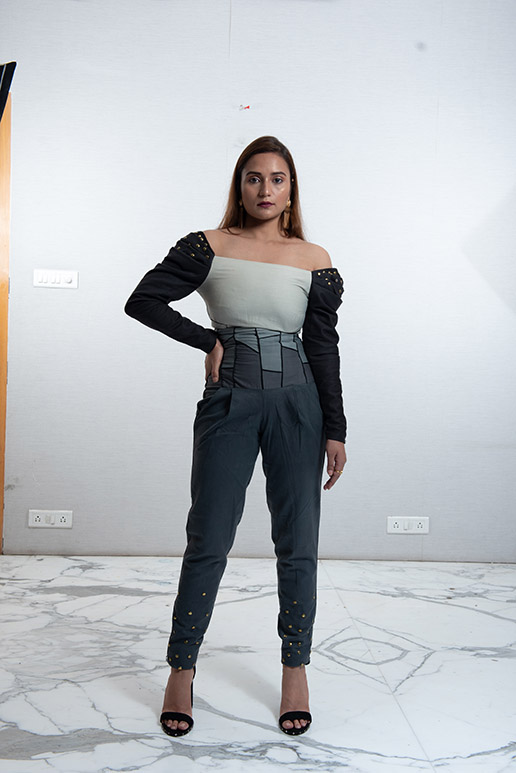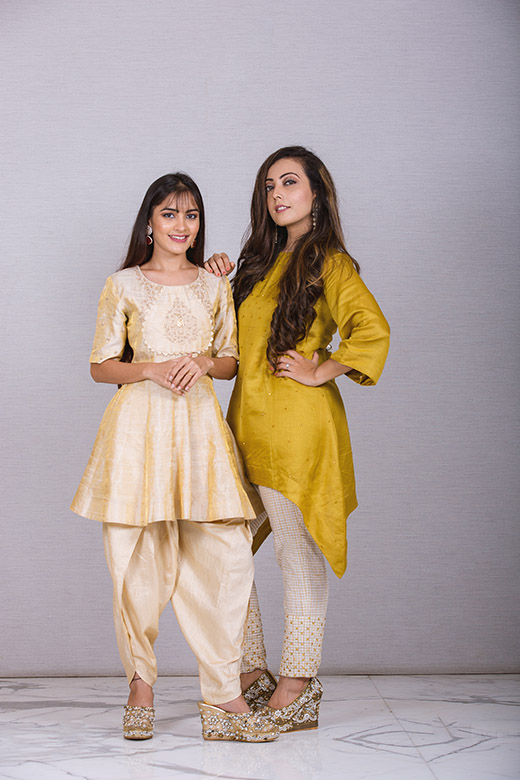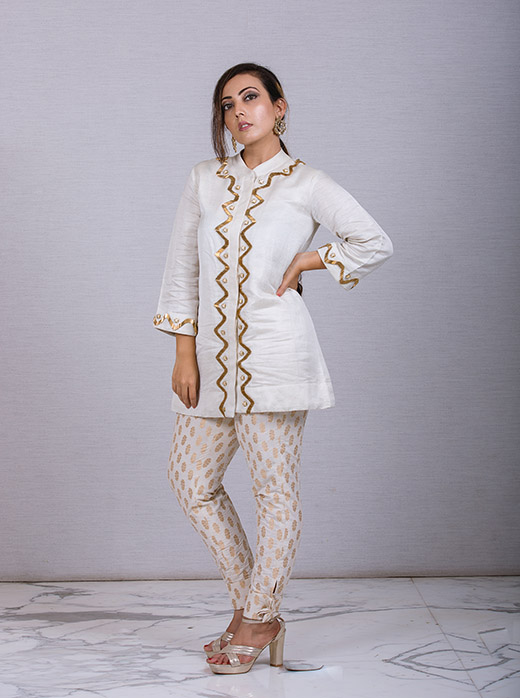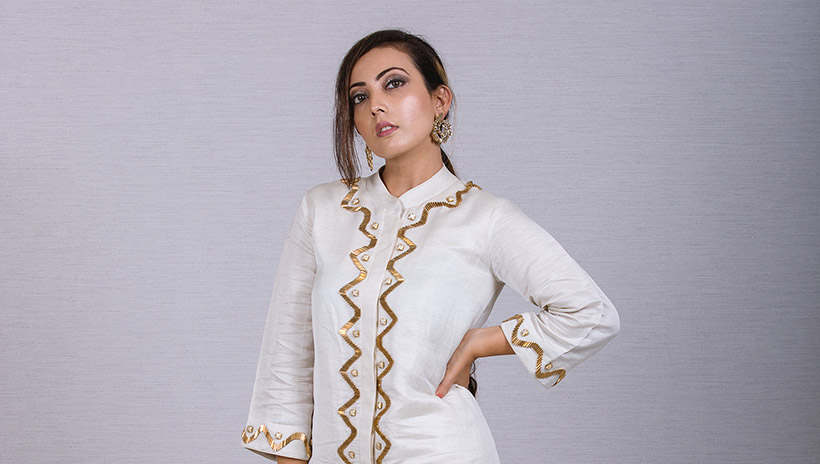India is the only country in the world, which has been involved in the production and manufacturing of artworks and handicrafts since ancient times. In India, the crafts sector is stated to be the next major sector after agriculture and sustains over 20 million practitioners.
There are people of different castes, cultures, norms, traditions, values, ethics and religions all over the country. They practice different occupations and are involved in the production of handicrafts and artworks. The individuals, who are engaged in the production of crafts, though may be making use of similar materials such as paints, clay, precious metals and so forth. They use different techniques and procedures to produce a variety of artistic crafts.
India is the only country in the world, which has been involved in the production and manufacturing of artworks and handicrafts since ancient times. In India, the crafts sector is stated to be the next major sector after agriculture and sustains over 20 million practitioners. There are people of different castes, cultures, norms, traditions, values, ethics, and religions all over the country. They practice different occupations and are involved in the production of handicrafts and artworks. The individuals, who are engaged in the production of crafts, though maybe making use of similar materials such as paints, clay, precious metals and so forth. They use different techniques and procedures to produce a variety of artistic crafts

India has an ancient history of workmanship. It has various indigenous artworks and practices that the rest of the world is now using. Shockingly, a large number of these craftsmen today are not able to fulfil their basic needs, as they are going up against the modern, quickly delivered results of cutting-edge technologies. It is high time the current industry helped these craftsmen build their own reputation in the world market.
At the head of a flight of stairs shrouded in dirt and sequins, a few dozen Indian craftsmen slouched over yards of texture, utilizing needles to weave pieces of clothing for the world’s most remarkable clothes whereas on the other hand half of the world is benefiting off of technology.
India’s embroiderers known as “karigars,” which signifies “craftsmen,” are among the best on the planet. Formalized during the Mughal rule, which crossed two centuries from the mid-1500s, This craftsmanship is forwarded through generations in the karigars families and their skill sets wary from woven rugs to colorful silk fabrics, from brassware to chikan embroidery, from mughal miniatures to silverware and jewelry.

India is one of the Asian nations, where you have the option to source locally. It is known for its exceptionally rich material culture that has an abundance of handiwork possessions right now. We can, even today, proceed to get a bandhani dupatta, go to Dilli-Haat, and purchase a kurta without much hassle. We are still in the blessed situation of having the option to do that, while the remainder of the world needs to wear what their design directs.
Over recent years, support towards Indian arts and craft has become a conscious issue in the fashion business, thanks to the extent to which shoppers have gotten progressively self-aware. This expanded watchfulness has worked to the courtesy of many moderate style brands.
Western Fashion has brought a portion of their most significant weaving work to India in late years. By 2019, India’s embroidery export surpassed $230 million, almost a 500 percent expansion from twenty years ago, as stated by the Government’s Commerce Ministry.
The garments we wear enormously influence our appearance, and subsequently, countless individuals have begun to consider whether they should wear their conventional garments or follow western patterns. The Indo-Western design has reformed the Indian sari and had made it an interest everywhere in the world. The assortment incorporates another line of women’s wear called “pant saris” and “skirt-saris” which are pre-creased saris with a pant underneath and a skirt creased and intended to resemble a sari. In order to develop handicrafts, the Baba Saheb Ambedkar Hastshilp Vikas Yojana –maintains the advancement of handiworks through commitment and expertise of experts.

Today, current market linkages for Art and Craft creations of India should be established. Indo-Fashion Brands like ours have been contributing to bridge over the gap between Indian artisans and the western world with innovative styles and outfits for office wear and 9 to 9 fashion which promotes wearing one outfit throughout the day in various and unique styles, hence highlighting sustainability as well.
Indian arts and crafts contribute extensively to the Indian economy after agriculture, and showcase the authentic and rich culture of India through their vibrant fabric and styles. It is important for the entire world to realise the huge role that Indian arts and crafts play. Brands should make an effort to work with these craftsmen and bring their talent to the spotlight.












